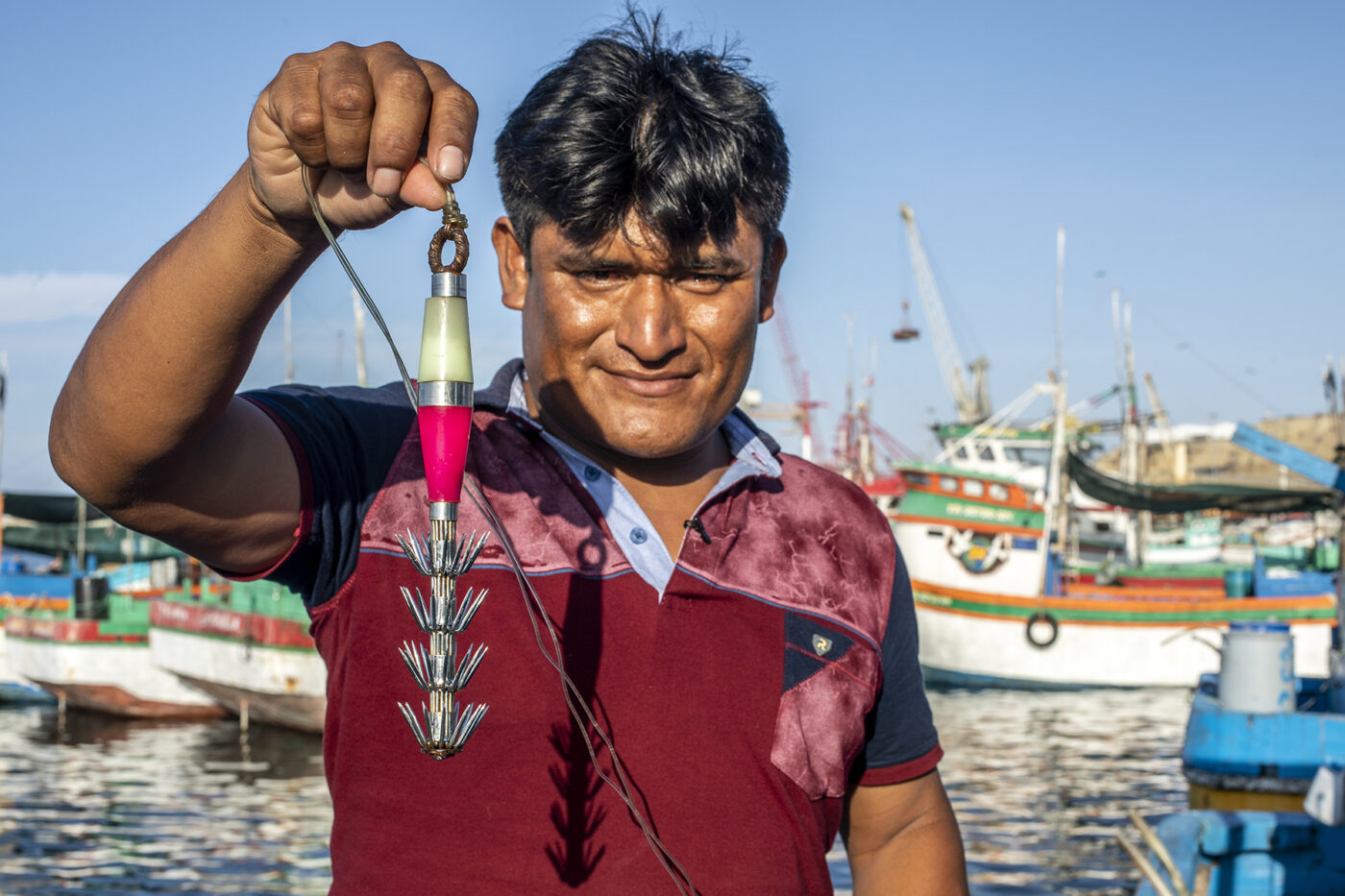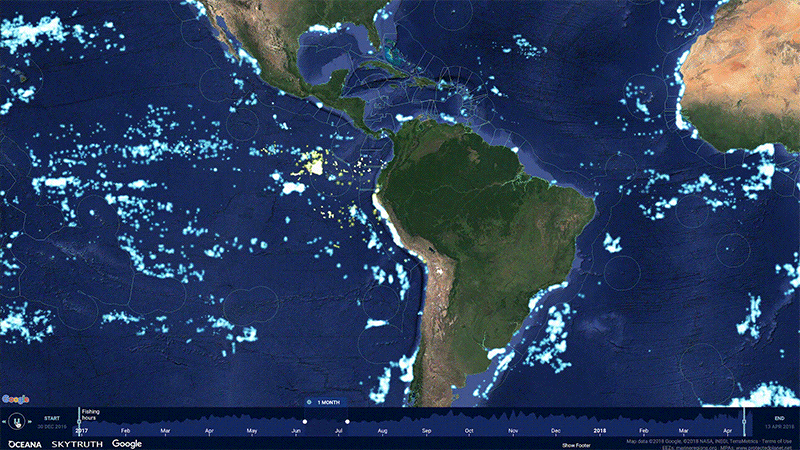Peru
Promoting ocean transparency together
Peru was the first Latin American country to share its vessel monitoring system (VMS) data on the Global Fishing Watch map, demonstrating leadership and a commitment to fisheries transparency. Its continued efforts in sharing data have helped create knowledge about the ocean, which has led to improved policies and effective actions in fisheries management.
The collaboration with Peru formally began in October 2017 when the Ministry of Production (PRODUCE) signed a memorandum of understanding with Global Fishing Watch to share its fishing vessel data. Since the agreement was executed, more than 1,400 industrial and artisanal vessels used to fish anchovy, hake, cod, eel, tuna, squid and mahi-mahi have been publicly monitored on our map.
Peru is the second-largest fishing nation in the world. With about 1,500 miles (2,414 kilometers) of coastline, it is home to some of the most important fisheries globally: the anchovy, the giant squid and mahi-mahi.
The partnership with Global Fishing Watch has improved vessel monitoring to help address illegal, unreported and unregulated fishing in Peruvian waters, as well as supported the implementation of a PRODUCE decree from 2018 that establishes the mandatory use of VMS devices across the domestic and foreign vessels that dock in Peruvian ports.
In addition to using collated VMS data, Peru also uses Global Fishing Watch technology to track vessels using nighttime imagery, especially useful for monitoring squid fisheries, for which vessels use bright lights at night.
Over the years, the Peruvian government has increased its mandate on the use of VMS systems—especially across the artisanal fleet— which has led to more vessels being illuminated on the Global Fishing Watch map.

Sharing fishing vessel data
since October 2018
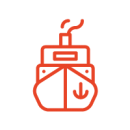
1,400+
vessels monitored
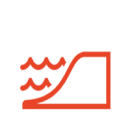
1,500 miles
of coastline
How we support Peru
Global Fishing Watch provides information to Peruvian authorities, which helps support more informed decision-making when it comes to ocean management.
Since 2017, Global Fishing Watch experts have provided officials from the Peruvian Sea Institute and PRODUCE with capacity training on how to use the organization’s technological platform.
In 2019, workshops were held with port authorities from three important Peruvian fishing ports: Paita, Chimbote, and Callao. Participants were trained to search for individual vessels, interpret routes, and identify fishing grounds through the Global Fishing Watch public map. These meetings served as a forum to share information and analyze the technological solutions to help address problems that affect each port, from the monitoring of national and foreign vessels to specific cases of illegal fishing.
In addition to training port authorities, Global Fishing Watch has also provided the Peruvian government with various analyses and reports related to relevant fisheries, as well as technical expertise for marine protection, which supported the creation of the Dorsal de Nasca Natural Reserve, the first Protected Marine Area in Peru.
Recent work

Seabirds: An Unexpected Ally in Fisheries Monitoring
An innovative research project allows scientists to see through the eyes of seabirds to understand interactions with the Peruvian anchovy fishing fleet On any given day, you can find a wreck of seabirds
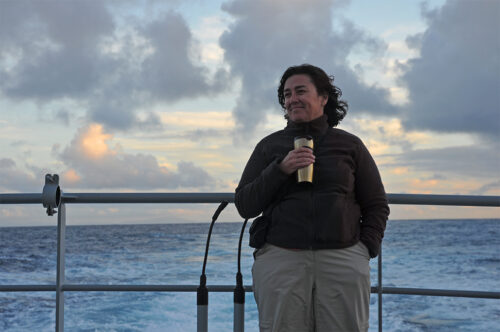
Asia-Pacific Economic Cooperation is a Powerful Forum for Boosting Transparency to Combat Illegal, Unreported and Unregulated Fishing
APEC members share marine resources across a single ocean basin. Ensuring sustainable exploitation and trade is a shared concern. The Asia-Pacific Economic Cooperation, or APEC, is an intergovernmental forum for 21 member economies in the

New Horizons for Peru’s Squid Fishery
Peruvian vessel monitoring system is shining a light on the large artisanal squid fleet in the Southeast Pacific Ocean, Peru’s second most important fishery. Peru recognizes the value of transparency to improve the monitoring and
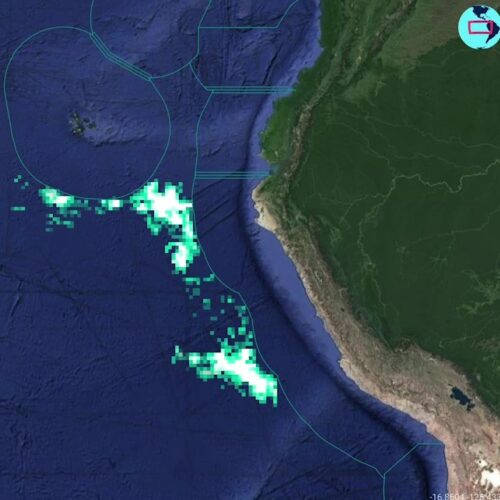
Squid Smarts: 5 Things You Need to Know about Jumbo Squid Fishing in the Southeast Pacific Ocean
An analysis of the 2020 squid season reveals key players and true scope of fishing activity The jumbo flying squid (Dosidicus gigas), commonly referred to as Humboldt squid, is the most abundant cephalopod species in
